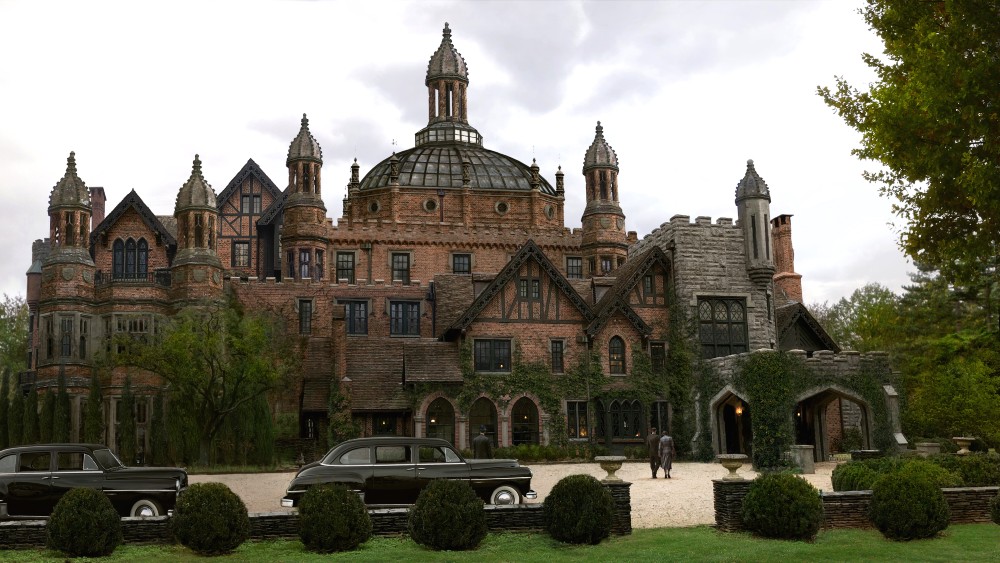
HBO’s limited series Lovecraft Country needed a bold and specific production designer who could not only tap into the imaginative elements of creating certain structures that didn’t exist but also design some that were historically accurate. In addition they had to be able to delve into multiple genres while traversing through both time and space. That seems like a very tall order to fill, 162 sets to be exact, but for Emmy-winning Production Designer Kalina Ivanov, it was a dream job. Utilizing her training as a theater designer, she was fully prepared to dive into several elements of horror, science fiction, and the supernatural all in one show.
Ivanov welcomed the many interesting challenges to explore, traveling through time circa 1950s, with monsters lurking and ghosts looming around ominous and decadent looking sets both real and fantastical. Based on the 2016 dark fantasy novel of the same name by Mark Ruff, the compelling storyline follows Atticus Freeman (Jonathan Majors), Letitia (Jurnee Smollett) and his uncle George (Courtney B. Vance) on a road trip across Jim Crow America in search of family identity.
One of the first pieces Ivanov designed for Lovecraft Country was the one-of-a-kind Ardham Lodge where a sinister ceremony looms. Others included a boarding house that is home to ghosts, a glitter room where the floor had to accommodate swirling rainbow hues, and in Episode 8 “Jig-a-Bobo,” the historical town in Illinois where the murdered Emmet Till received an open casket funeral, matching every detail down to the 1950s signs in the store window.
Ivanov tells Below The Line her thought process and inspiration behind the real and imagined designs for the series. [Note: There are SPOILERS for certain episodes of the show in this interview.]
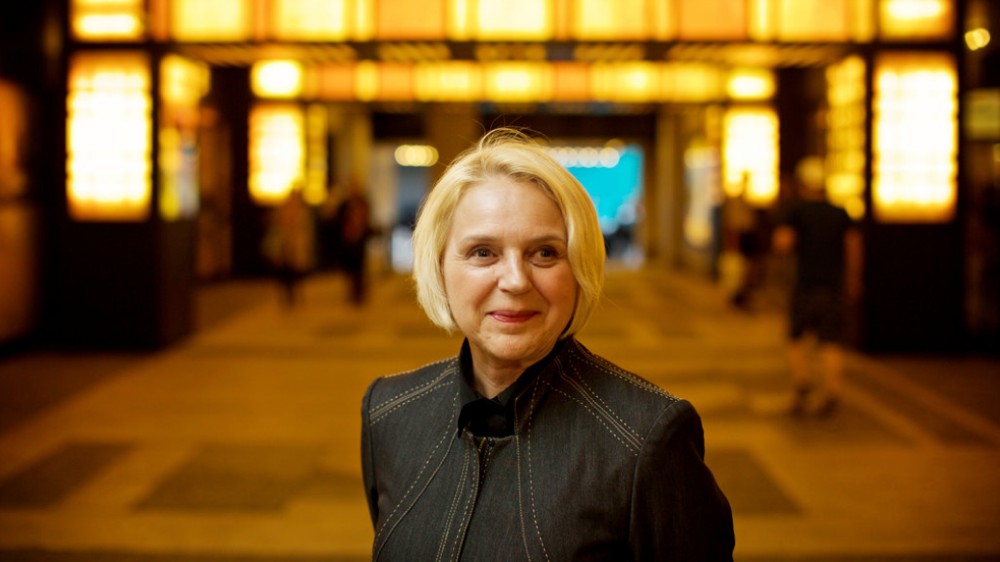
Below The Line: How has your ability to design different genres served you for Lovecraft Country?
Kalina Ivanov: My background as a theater designer kind of explains why I can do so many genres because that is a very key skill to have for a show like Lovecraft Country, because it’s so unique this way. Is it a drama? Is it a horror? Is it science fiction? Is it a musical because we have musical numbers. [laughs] Or is it a historical recreation? Which one is it? The answer is all of the above. I feel like theater school prepared me very well for this, because one day you’re designing Shakespeare and the next day Tennessee Williams, then a ballet, then a musical… which was not my thing, so that was the death of me as a student! They teach you how to navigate all these different genres, and finally, I was able to use it to its full extent for this show.
BTL: What was the process behind designing the unique Ardham Lodge?
Ivanov: It was a very interesting process because it was supposed to be in the script “a mythical lodge.” It doesn’t really exist on the map, and even the characters are not quite sure where they stumbled upon it. So right off the bat I knew architecturally it needed to be something that we had not seen before. For that reason, it was kind of a two-fold process. I was looking at locations in Atlanta and seeing what existed that I could use for the bottom first floor and then build on top of that. I really wanted to use Tudor and Henry VIII kind of architecture, combined with Romanesque architecture and was very inspired by a dome in the Biltmore Estate of the Robber Barons. It reflected the combination of two versions of this really powerful bad man which was an intriguing idea of combining Henry VIII with the Carnegie Melons and the Vanderbilts and what they meant historically. It was kind of fun and created this style that was a mixture of both that doesn’t really exist in architecture. It ended up giving Ardham Lodge this very unique look. To get there I did my own black and white sketch and showed it to [Creator] Misha [Green] so we could work out the volume of the dome and the volume of the little turrets that I really wanted to have to give it that mixture. It just needed to be unique and special and different. Once you get inside, it needed to feel a bit threatening, because you’re looking at it from the point of view of our characters and how they felt.
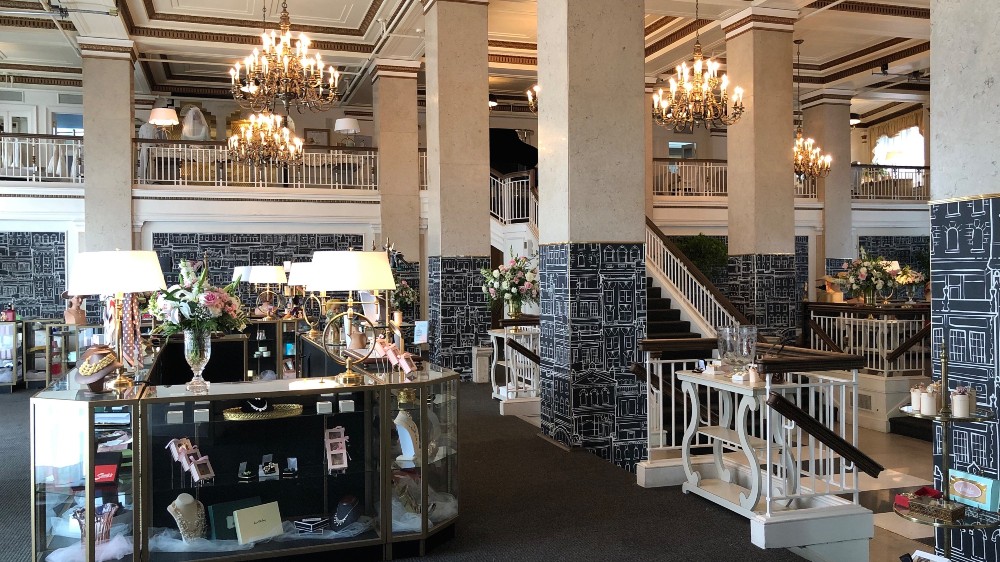
BTL: There are lots of grand staircases.
Ivanov: A drama needs a good entrance and a good exit, and I think that’s my theater background. I think the show has a sense of theatricality about it and kind of an operatic scale if you want to call it that. Very often, I was actually thinking about Francis Ford Coppola’s designer Dean Tavoularis who was never afraid to go big and operatic. That kind of approach to the material was a very big inspiration for me. I was also influenced by Misha’s direction for me, which was to go bold, be fearless and don’t feel beholden to the period and let your imagination free. Go crazy.
BTL: When were the moments that the designs had to be historically correct?
Ivanov: We were all very conscientious about correctly representing real historical events. The Emmet Till funeral in Tulsa had to be 100% accurate, as close as you could get down to the businesses that really existed on the street and the signage. It was really deep historical research. It was so moving with Misha’s choice of never going inside, of just standing outside with the crowd. The crowd was unbelievable. If you look at the photos from the day it would blow your mind. It was hundreds of thousands of people. It was a very brave decision by the mother to have an open casket. She wanted to make the point, “look at this crime.” It brought in change and started a civil rights movement that was very important. I wanted to get the scale, the entrance to the church, all the signage and the heat because it was August 28, historically correct. We had spittoons and barrels for them to puke in, because people had such a strong reaction to the open casket and the brutalism of what was done to this boy.
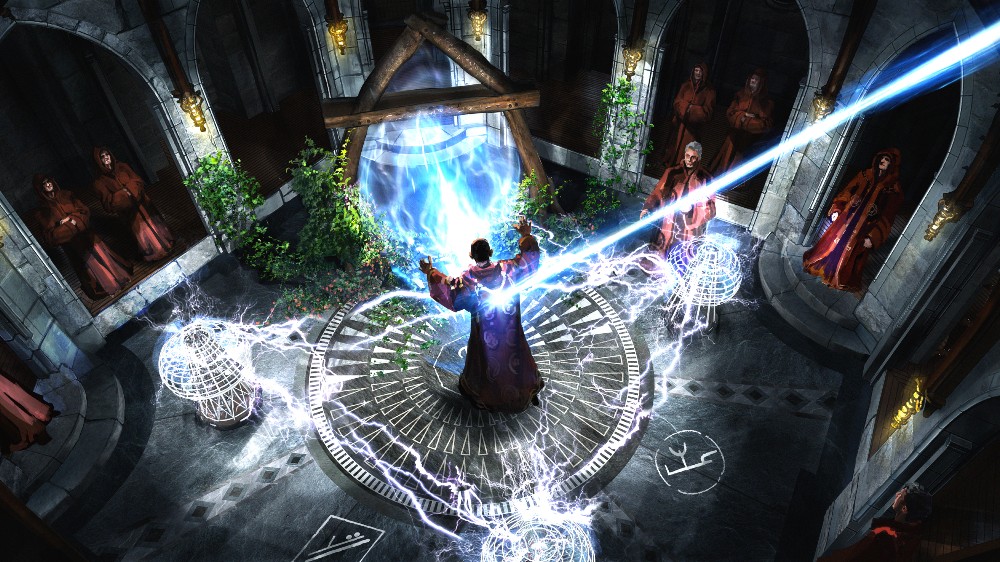
BTL: Let’s move to the fantastical designs.
Ivanov: I did the most amount of concepts for the glitter room [in Episode 5, “Strange Case”] than any other room, because it was the hardest to put your finger on it. There was a lot of discussion about the glitter, because I thought it was gold. That turned out to be multi-colored. What was confusing about it was it wasn’t really a room. It says “a room” but it turned out to be in space! This was where all the artists took the longest journey to determine that it wasn’t a room. It was nebulous and trippy. It almost felt like I should’ve been on an acid trip designing that one because it ended up being like one! In Episode 2 [“Whitey’s On The Moon”], where Atticus is being sacrificed by the white people which takes place in the dome of Ardham Lodge, you have to design with people who take magic seriously, so I have to believe in magic. They believe by doing this ritual that the Garden of Eden will come to life. So I have to take that very seriously and think what that would look like in this dome. What became really critical was defining the floor. The floor comes to life with the grass coming through the cracks. Misha had scripted these magician’s orbs and I felt that they had to channel energy, so I went to [Nikola] Tesla to bring the Garden of Eden back to life.
BTL: What was the most challenging episode to design?
Ivanov: The most challenging was Episode Seven [“I Am”], because as a whole, we jump through so many periods and so many continents. We go to Africa, we go to Paris, we’re in America, we go into the future. There was a long discussion between me and Misha of where Hippolyta lands in her mind, does that really exist. I was able to coax out of her that it was really a prison cell 200 years into the future. I was thinking it was in her mind so I was designing these twisted designs based on African braids. Even when something was modern, the foundation for it was rooted in the character and their African American roots. The challenge was to move through so many genres just in one hour. Honestly, the episode could be a feature film with so many sets!
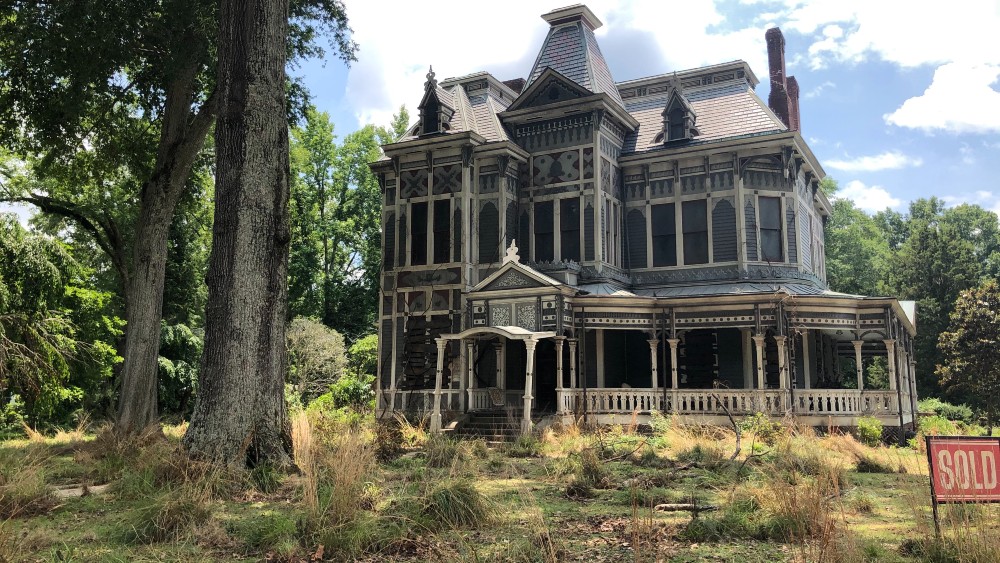
BTL: Of the 162 designs, what was one that you were most proud of to construct?
Ivanov: The Winthrop House, which Lettie buys that sort of the Southern gothic ghost house. It was quite complex to find the location for the exterior and to completely transform the ground floor on location, so you can have entrances and exits. Then to build the second, the third floor, the basement and then the sub-basement all on stage. How about Korea creating an authentic 18th century Chinook where people would think we transported it from there? Then you have the planets where you can let your imagination go crazy. Then you have your perfectly beautiful white science fiction room. How can you choose one from the other because they’re so special and wildly different.
BTL: What would you say is your strongest suit?
Ivanov: No one has ever asked me that! I would say my boldness. I’m a very bold designer. I am just fearless which I think has to do with my immigrant background. My parents and I literally escaped from communist Bulgaria to come and live in America and make a path for ourselves, and so I’m not afraid. Every challenge is met. It took a very bold woman in Misha Green to recognize that. I think that is what she was searching for and we met each other on that level and elevated each other which you can see in every element of the show.
Lovecraft Country can be watched via streaming on HBO Max.
All photos courtesy HBO and Kalina Ivanov.





